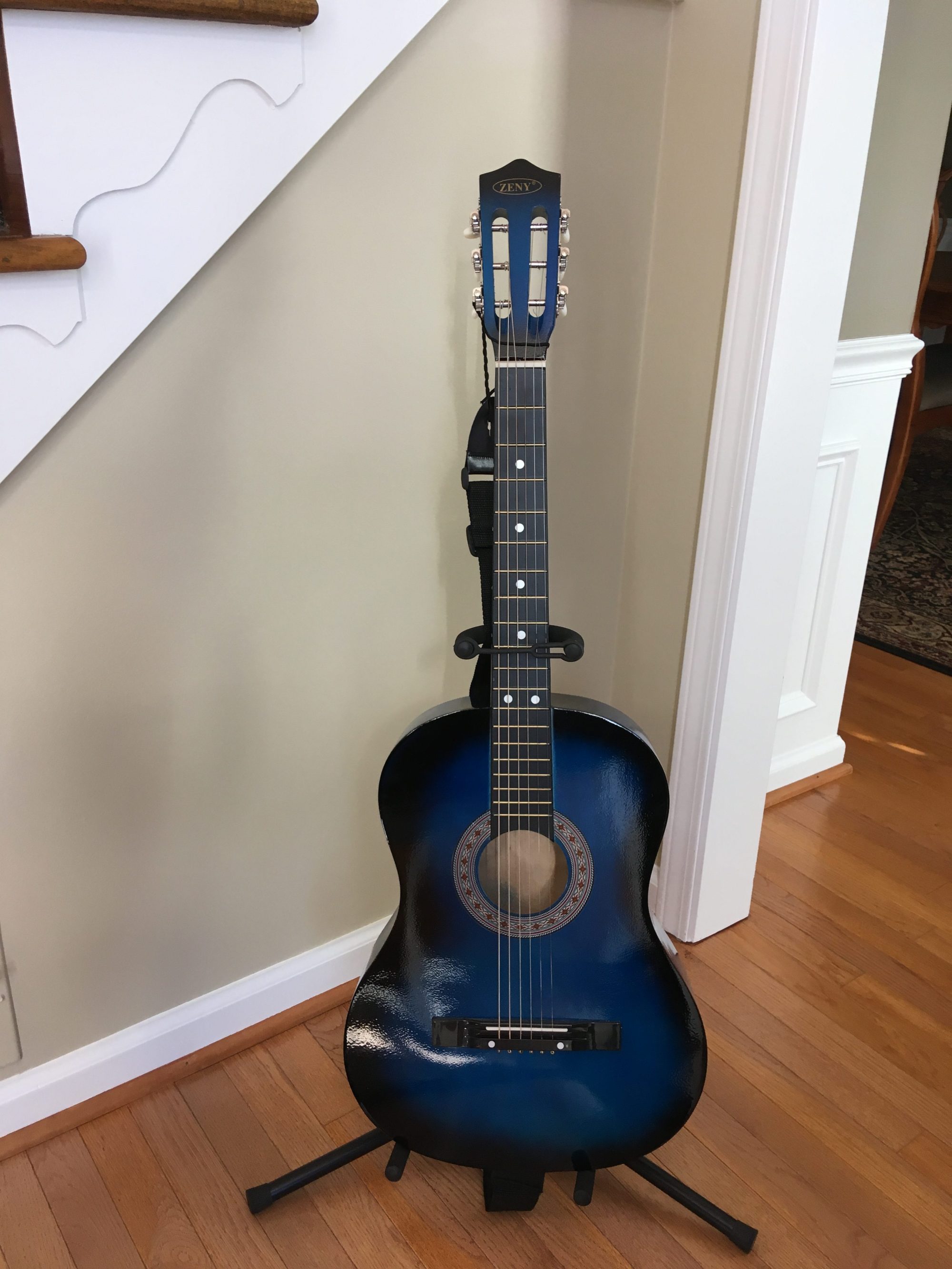

The Concord Covered Bridge is the focal point of the surrounding Historic District. It is famous as the only covered bridge remaining in Cobb County, still open to automobile traffic, and traffic counts show it as the busiest covered bridge in the state. If you have not experienced a drive through the mill area and covered bridge, you are missing out.
HISTORY
There is said to have been a bridge at this location since the 1840’s, probably a flat-decked bridge initially before it was covered to be better protected from the elements. Before a bridge was built, travelers likely crossed the Nickajack river at a ford a little bit upstream near the present-day Silver Comet trail crossing.
Early bridges up and down the Nickajack creek milling areas were built of timber piers and spans, looking similar to these photos:
Throughout the nineteenth century, the community was often at the mercy of the elements, rainfall in particular, and too little or too much rain seemed to affect everyone. Bridges, in particular, were at risk when the creeks flooded. The following anecdote from May 12, 1874 was widely reported in Georgia newspapers, although the precise Nickajack bridge is not identified:
A Narrow Escape–On Sunday evening our good friend Mr. John S. Lowe of the firm T.J Lowe & Brother, left Atlanta, and started out in a fine suit of clothes and handsome horse and buggy to Cobb County. Yesterday he returned without horse or buggy, clad in a faded suit of grey jeans. The way the metamorphosis took place was as follows: As he was returning to the city he found Nickajack Creek was much swollen and at the end of the bridge furthest from him the current had swept around it. Before venturing to cross, he called to a man on the opposite bank to know if it was safe. Being assured that it was he plunged in. The first slip he made his horse went out of sight, dragging the buggy with him. He hopped off the buggy, catching at some bushes. He missed his grasp, and the current swept him rapidly down the creek. Being a powerful swimmer he kept his head above the tide, though his boots which were now filled with water, were fast dragging him down. At length, he was swept upon a shallow reef, where he gained a footing, and crawled out of the flood. His horse and buggy he never saw again.
Damage from another May flood in 1880 was recorded in the Marietta Journal, and picked up by other papers around the state.
The recent heavy rains have been very damaging to mill dams, bridges, fences and farms in this county. Down on Nickajack creek, Ruff’s, Hunt’s, and Eaton’s mill dams were washed away, and Dodgen’s mill floor was ripped up. When the dam at Ruff’s mill gave way, the county bridge at that place was swept away, and the mud, sand and rock filled the pond of the Concord factory completely up, leaving a small creek channel where the water flows over the dam. How to get about one hundred car loads of dirt out of that pond, is a question of momentous importance to the Concord factory.
The bridge was likely rebuilt immediately thereafter. As the years progressed, bridges were built of better and better construction. The present-day bridge appearance probably dates to 1891 when John Wesley Ruff rebuilt the covered bridge on stone piers. This bridge, according to reports, had the “appearance of durability”. John Wesley Ruff was the son of Martin Luker Ruff who is credited with earlier bridges in the area.
